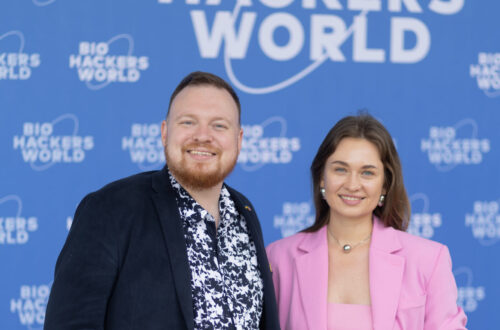The average person makes over 35,000 decisions daily; for CEOs, that increases dramatically. If you think of your brain as a smartphone, each decision causes fatigue and drains the brain’s reserves. Nothing good happens when the battery is at two percent, so why would we think it would be any different for our brains?
Whether we like it or not, the cost of making so many decisions every day can affect the success of the overall business. Decision fatigue has ramifications that go beyond its effect on the decision maker. At its core, it is a silent productivity killer that poses a significant threat to everyone and everything involved. When the brains of the operation begin to go weary, the body will always follow in its footsteps.
How decision fatigue impacts CEOs
Decision fatigue doesn’t show up loudly like most things; it rolls in inaudibly and tacitly. When your brain is tired, your cognitive resources tend to feel drained. The mental sharpness, agility, and adaptability that all CEOs need to run their businesses diminish.

Suddenly, decisions that were once easy to make begin to feel taxing, and your ability to make strategic split solutions drops. When this happens, CEOs go from proactive to reactive. Procrastination, cognitive bias and overload, micromanaging, and emotional deregulation take hold.
These things weaken the CEO, making them less connected to the business and their team, which harms momentum. The fearless and intrepid leader that the company needs is slowly but surely beginning to chip away, leading to burnout. Once a CEO is burnt out, decision fatigue could quickly become decision paralysis and lead to overthinking.
Batching like-minded tasks helps to preserve mental energy and can help maintain peace of mind
In today’s world, multitasking is seen as a flex and something to brag about. The reality is that multitasking is a cognitive cascade that wastes energy but is disguised as productivity. Think of it like this: Multitasking is like trying to beat a chess master at a game of chess while simultaneously trying to out-juggle a juggler. Impossible to do at the same time and a sure-fire way to have everything come out wrong.
When you divide the brain, you divide your ability to make things good, so batching like-minded tasks will help you get through them faster. Creating weekly time blocks to review the different aspects of your business allows you to save on the drain of mental switching. When avoidable, don’t jump from finances to operations to client meetings.
Implementing themed days like Marketing Mondays or Finance Fridays will help you organize your day more effectively and efficiently. Multitasking isn’t the badge of honor society wants us to see it as, but stepping away from it is.

Implementing strategic breaks throughout your day and week will give your brain the downtime it needs to sharpen up
Your brain isn’t a computer, so it’s vital not to treat it as such. While not all CEO decisions have an immediate impact on the health and wealth of the business, when burnt out by decision fatigue, the brain begins to lag like an overheated computer. This is why adding short walks, micro-breaks, and no-tech afternoons can be beneficial.
CEOs must be adaptive, strategic, and innovative. They must also be on their game. In his book, “Essentialism,” author Greg McKeown cites how LinkedIn Executive Chairman Jeff Weiner sets “up two hours of uninterrupted time on his calendar every day.” When you take time to step away from all the decision-making, your brain and body begin to relax and release.
Mental fatigue and stress begin to decrease, helping your brain transition from the “doing” phase to the “processing” phase. This is why so many people have their award-winning ideas in the shower, while they are on a walk, cooking dinner, or simply daydreaming. Your sense of creativity spikes and rebounds. You can see connections and gain insights that lead you to game-changing aha! moments.
Setting up periodic time to reevaluate foundational checkpoints can lead to a more streamlined business
Sometimes, we are our own worst enemies. Just because you’ve always done something one way doesn’t mean there aren’t better ways of doing it. CEOs understand that for a business to progress, it needs to remain adaptable and consistently innovative.
To do that, they take a hard look at what works and what doesn’t. Your business is only as strong as its weakest link. If you don’t take time to review operations and systems intentionally, you and your business will suffer in the long run.
In an ever-changing economy, being bogged down by something that isn’t streamlined or truly benefiting you can tack on another set of circumstances you must consider and eventually have to think about. Remember those 35,000 daily thoughts people have? Not periodically streamlining your business could add another 10,000 new decisions you’d have to potentially make.
Whether you’re reevaluating your business every 90 days or six months, this tactic helps you become more agile, adaptable, and powerful. When your business can adjust quicker, your longevity increases, and your chance of burnout decreases.






